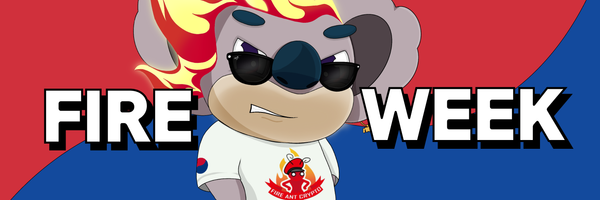What is Blockchain?
Understanding Blockchain: The Technology Behind the Digital Revolution
In the field of digital innovation, few concepts have attracted as much attention and interest as blockchain technology. Originally conceived as the underlying framework for Bitcoin and other cryptocurrencies, blockchain has since grown beyond its original purpose, attracting industries far beyond finance and its potential applications range from supply chain management to healthcare so seems unlimited.
But what exactly is blockchain, and why has it captured the attention of technologists, entrepreneurs and enthusiasts? Let’s explore the complexity of this revolutionary technology in more detail.
🌳 Fundamentals of Blockchain
At its core, blockchain is a decentralized, distributed ledger technology. Informational accounts are centralized databases maintained by a single authority, such as a bank or government. In contrast, a blockchain operates on decentralized computers (nodes), each holding an identical copy of the ledger. This decentralization ensures transparency, security, and immutability—core pillars of blockchain technology.
🧠How does blockchain work?
The blockchain works through interconnected blocks, with each block containing a set of transactions. These transactions are verified and added to the block through a process called consensus, which ensures that all copies of the ledger remain consistent across the network Once a block is added to the chain, it does not change, which means that the data in it cannot be modified after its absence modifies all subsequent blocks—a feat Almost impossible due to the use of a cryptographic hash function.
🛡️Fundamentals of Blockchain Decentralization
Unlike traditional centralized systems, which are susceptible to single points of failure and adaptation, blockchain operates on a decentralized network, distributing control among participants
Transparency: All transactions recorded on the blockchain are visible to all participants, ensuring transparency and accountability.
Tamperability: Once recorded, the blockchain's data cannot be changed or altered, providing a high degree of security and reliability in the integrity of the system Security: Blockchain uses cryptographic techniques to protect transactions, making it more resistant to fraud and unauthorized access.
Smart Contracts: Smart contracts are self-executing contracts where the terms of the contract are written directly into code. Contractual agreements are automated and enforced, further enhancing the efficiency and reliability of negotiations.
🍏 Applications of Blockchain
While blockchain’s relationship with cryptocurrencies remains discrete, its potential applications extend beyond digital currencies. Some of the main applications are:
Supply chain management: Blockchain can provide transparency and traceability throughout the entire supply chain, from supply chain to final delivery, reducing inefficiencies on and reducing risks such as counterfeiting and fraud.
Healthcare: Blockchain can store and manage patient records, ensuring interoperability, confidentiality and accuracy of medical information while enabling secure sharing between authorized parties.
Voting systems: Blockchain-based voting systems can increase the integrity and transparency of elections, and reduce the risk of tampering and fraud. Finance and banking: In addition to cryptocurrencies, blockchain technology holds promise to revolutionize traditional financial services, including cross-border payments, trade finance and identity verification.
Conclusion
In conclusion, blockchain represents a paradigm shift in how we measure, store and process digital assets and information. Its decentralized, transparent and secure nature has the potential to transform countless industries, empowering individuals and organizations with confidence, efficiency and greater innovation While challenges such as scalability and regulatory concerns linger just there, the blockchain development process points towards a future whose impact is far and wide And is felt, reshaping the fabric of our digital society. As we continue to explore the possibilities of this incredible technology, one thing is for sure—blockchain is here to stay, and its journey has only just begun.


